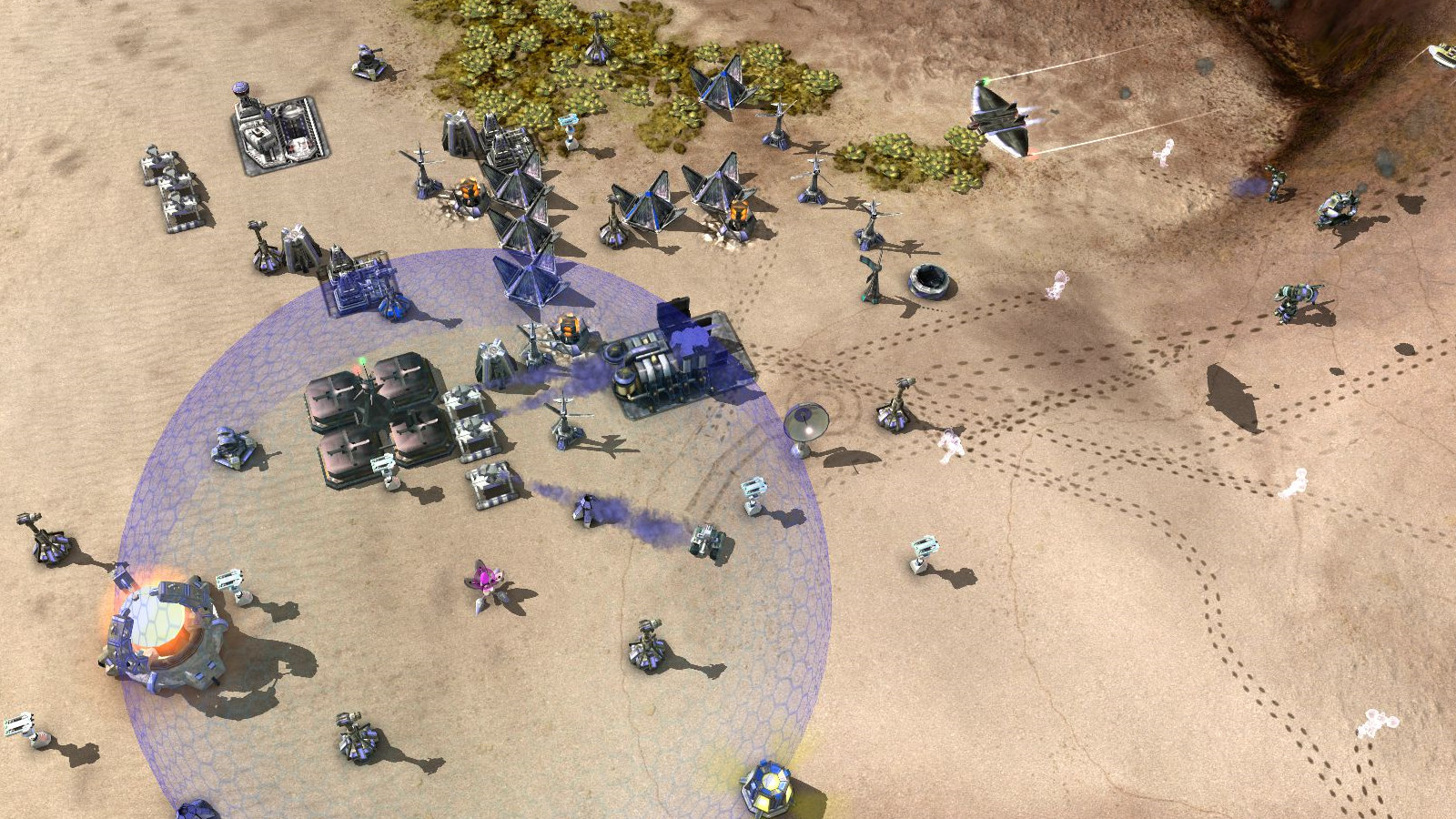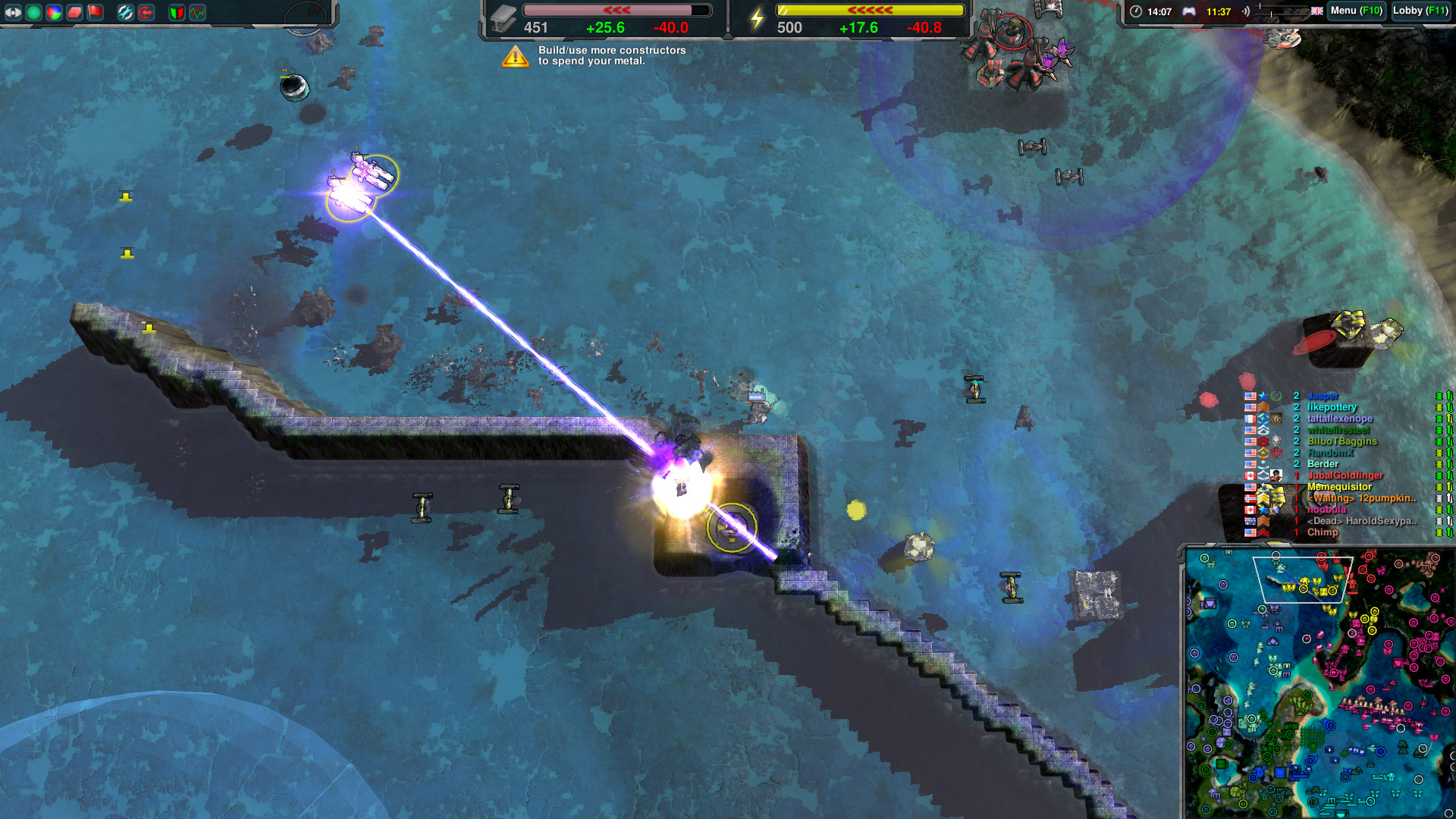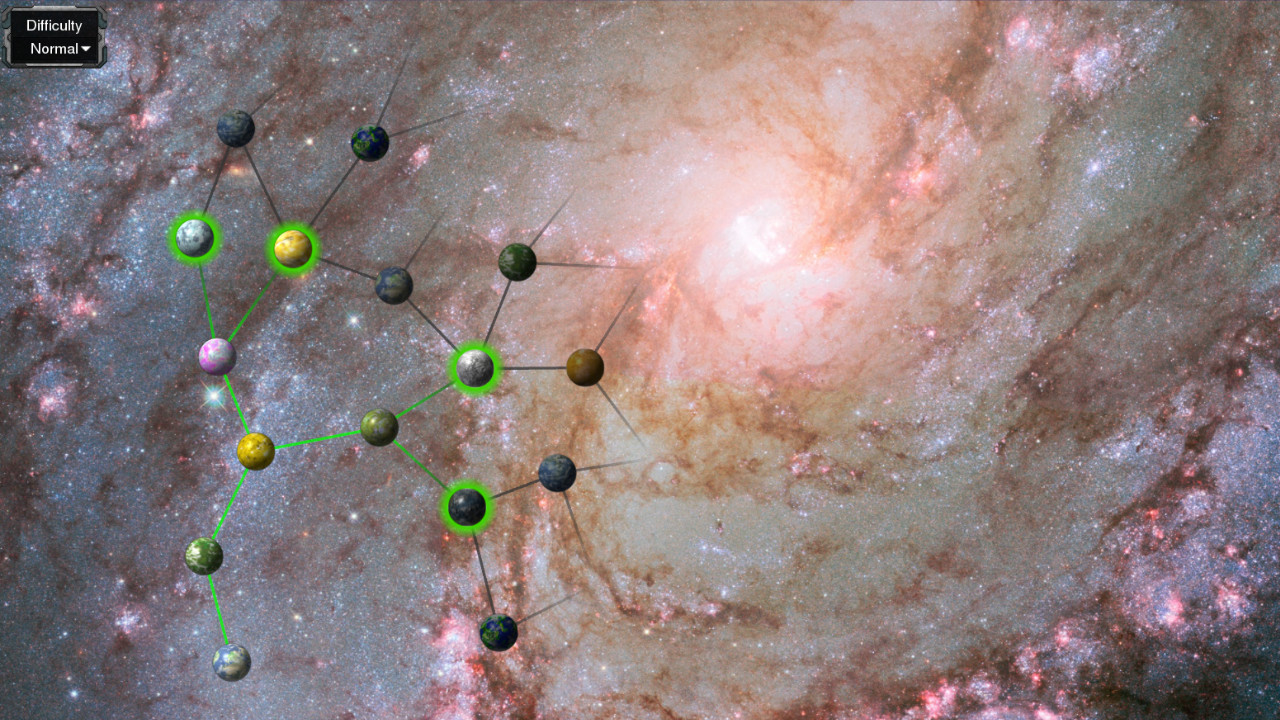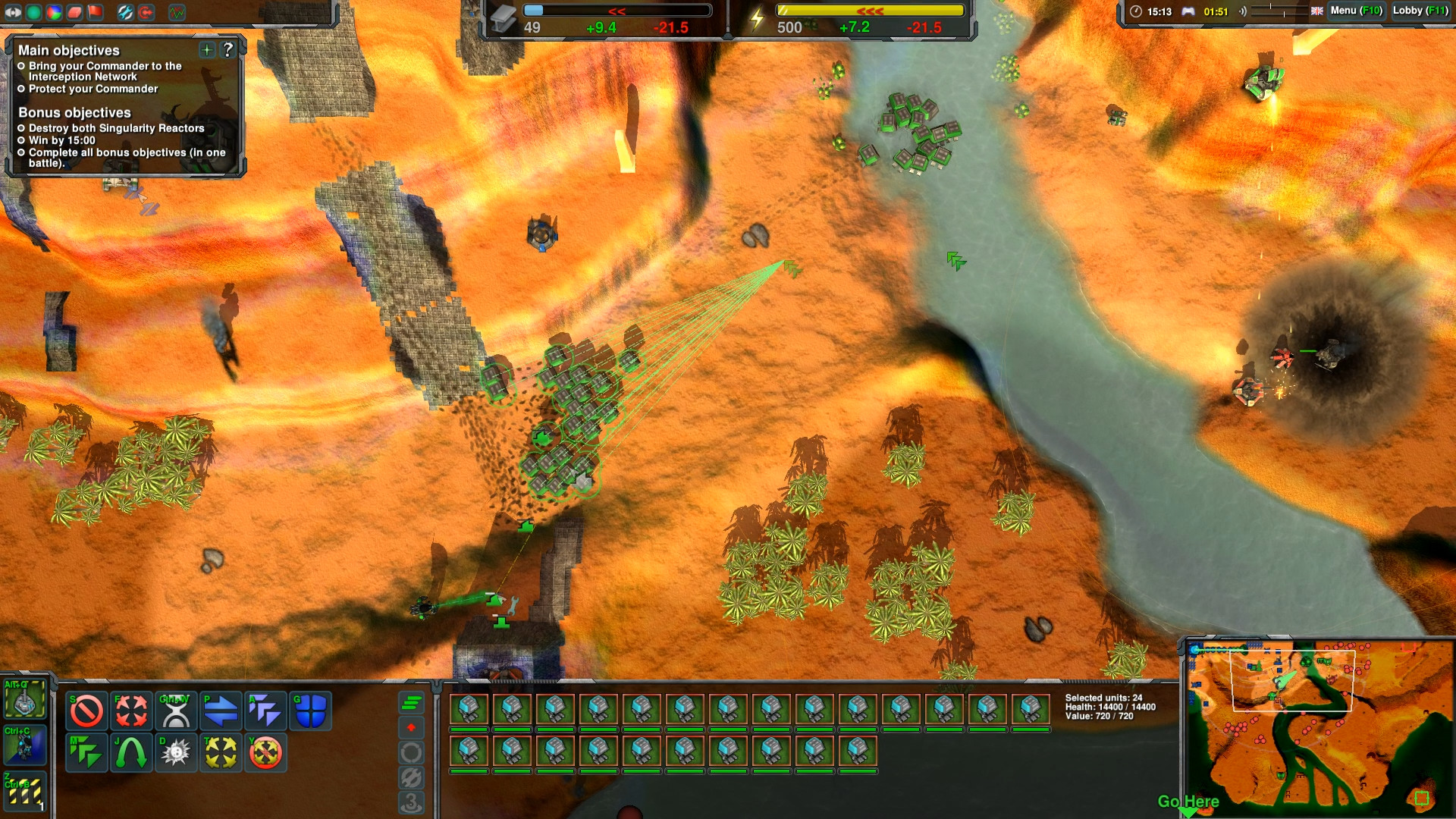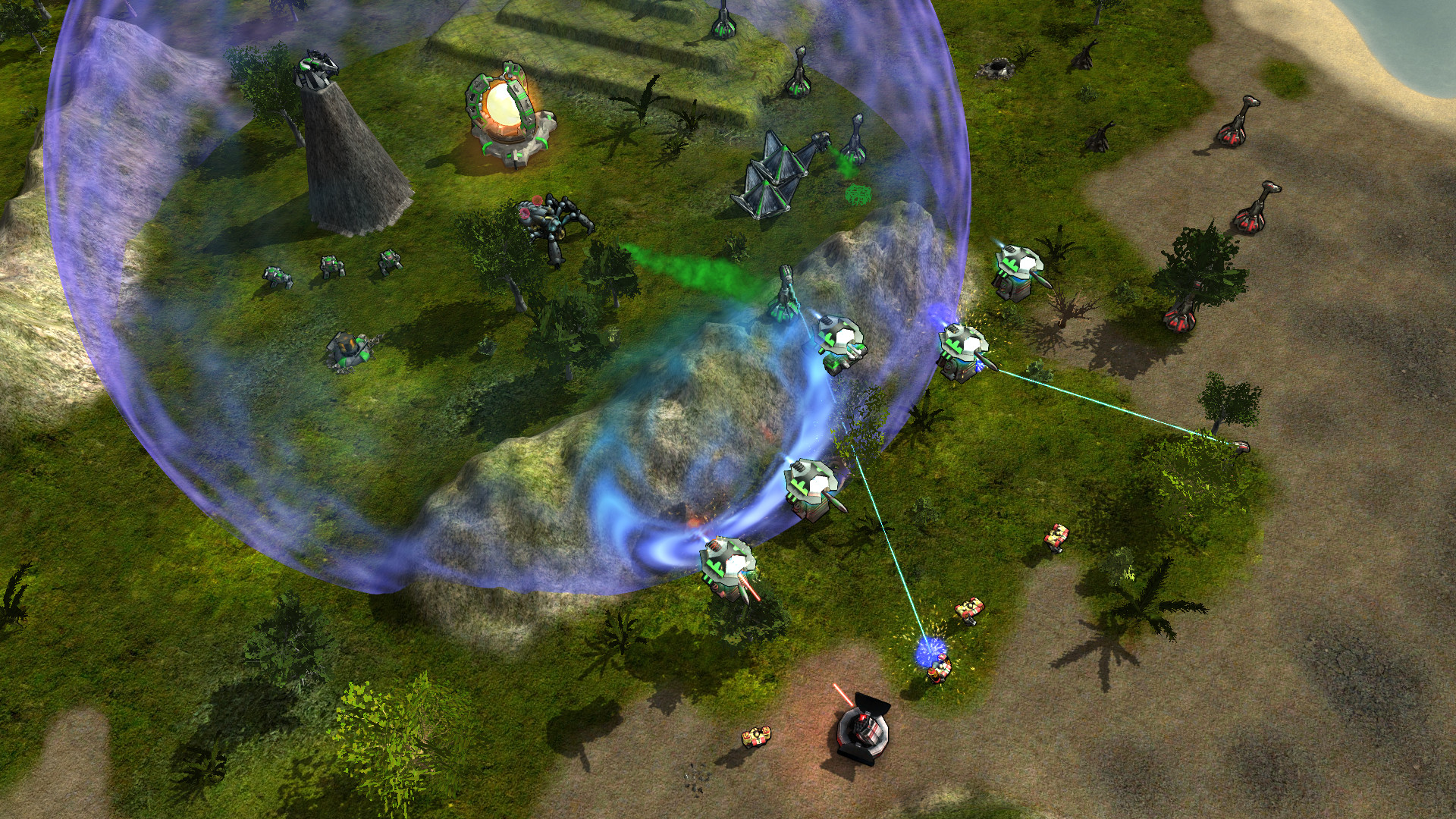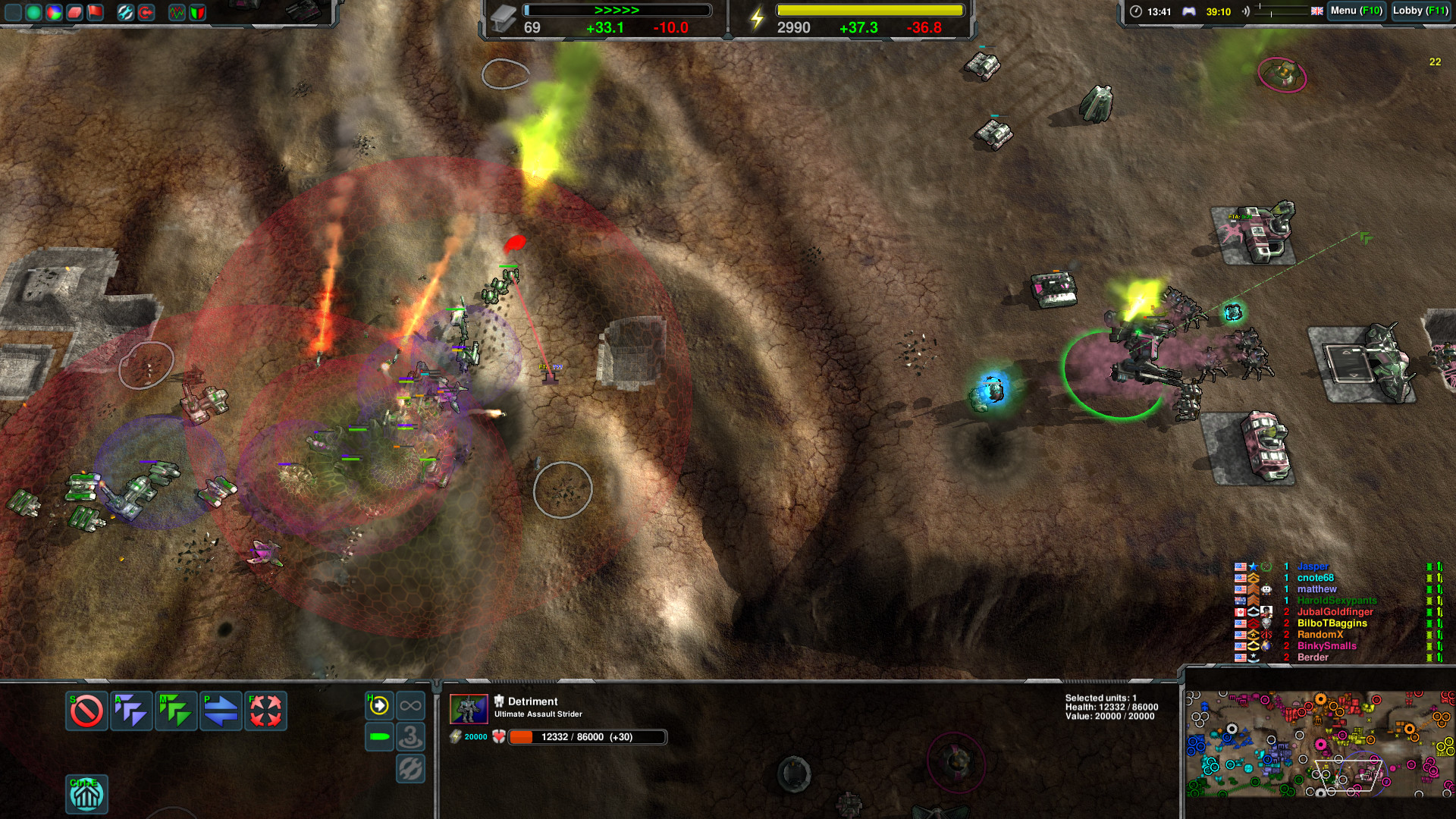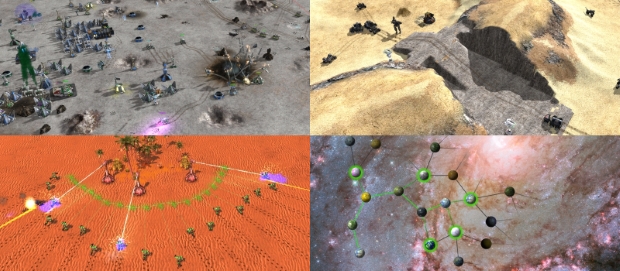
Commander wanted! Construct giant robots, build an army of a thousand Fleas. Move mountains if needed. Bury the enemy at all cost!
- Traditional real time strategy with physically simulated units and projectiles.
- 100+ varied units with abilities including terrain manipulation, cloaking and jumpjets.
- 70+ mission galaxy-spanning campaign to be enjoyed solo or co-op with friends.
- Challenging, (non-cheating) skirmish AI and survival mode.
- Multiplayer 1v1 - 16v16, FFA, coop. ladders, replays, spectators and tournaments.
- PlanetWars - A multiplayer online campaign planned to start in May.
- Really free, no paid advantages, no unfair multiplayer.
Fully Utilized Physics
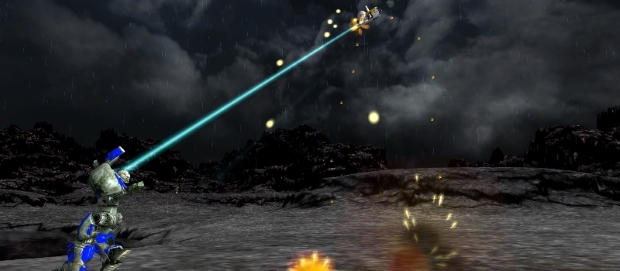
Simulated unit and projectile physics is used to a level rarely found in a strategy game.
- Use small nimble units to dodge slow moving projectiles.
- Hide behind hills that block weapon fire, line of sight and radar.
- Toss units across the map with gravity guns.
- Transport a battleship to a hilltop - for greater views and gun range.
Manipulate the Terrain
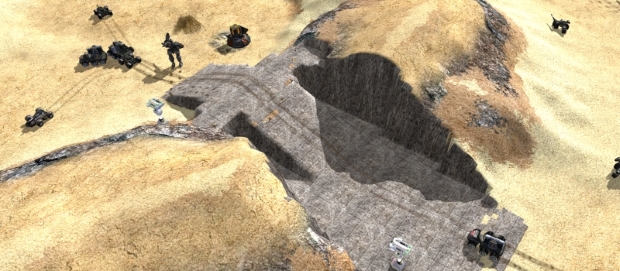
The terrain itself is an ever-changing part of the battlefield.
- Wreck the battlefield with craters that bog down enemy tanks.
- Dig canals to bring your navy inland for a submarine-in-a-desert strike.
- Build ramps, bridges, entire fortress if you wish.
- Burn your portrait into continental crust using the planetary energy chisel.
Singleplayer Campaign and Challenging AI

Enjoy many hours of single player and coop fun with our campaign, wide selection of non-cheating AIs and a survival mode against an alien horde.
- Explore the galaxy and discover technologies in our singleplayer campaign.
- Face a challenging AI that is neither brain-dead nor a clairvoyant cheater.
- Have some coop fun with friends, surviving waves of chicken-monsters.
- Cloaking? Resurrection? Tough choices customizing your commander.
Casual and Competitive Multiplayer
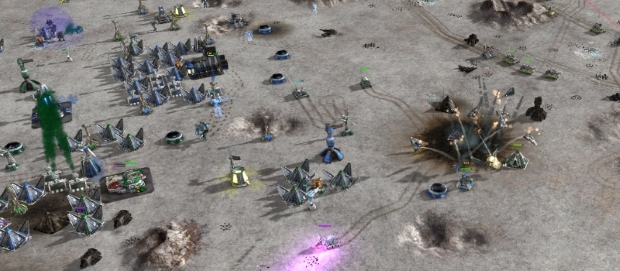
Zero-K was built for multiplayer from the start, this is where you can end up being hooked for a decade.
- Enjoying epic scale combat? Join our 16v16 team battles!
- Looking for a common goal? Fight AIs or waves of chicken-monsters.
- Prefer dancing on a razor's edge? Play 1v1 in ladder and tournaments.
- Comebacks, betrayals, emotions always running high in FFA.
- Want to fight for a bigger cause? Join PlanetWars, a competitive online campaign with web-game strategic elements, diplomacy and backstabbing (currently on hiatus pending an overhaul).
Power to the People
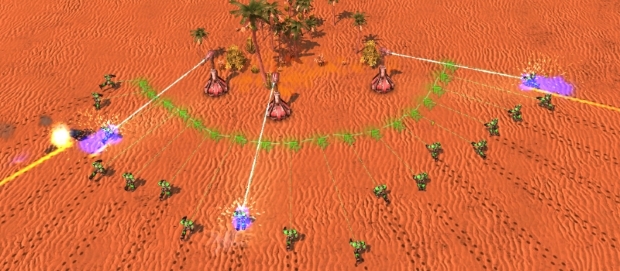
We are RTS players at heart, we work for nobody. We gave ourselves the tools we always wanted to have in a game.
- Do what you want. No limits to camera, queue or level of control.
- Paint a shape, any shape, and units will move to assume your formation.
- Construction priorities let your builders work more efficiently.
- Don't want to be tied down managing every unit movement? Order units to smartly kite, strafe or zig zag bullets.
Plenty of Stuff to Explore (and Explode)
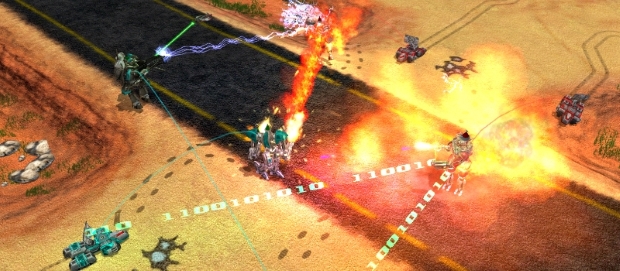
Zero-K is a long term project and it shows, millions hours of proper multiplayer testing and dozens of people contributing ever expanding content.
- Learn to use all of our 100+ units and play on hundreds of maps.
- Invent the next mad team-tactics to shock enemies and make allies laugh.
- Combine cloaking, teleports, shields, jumpjets, EMP, napalm, gravity guns, black hole launchers, mind control and self-replication.
- Tiny flea swarm that clings to walls?
- Jumping "cans" with steam-spike?
- Buoys that hide under water to ambush ships?
- Mechs that spew fire and enjoy being tossed from air transports?
- Carrier with cute helicopters?
- Jumping Jugglenaut with dual wielding gravity guns?
- Meet them in Zero-K!
Cloaking is awesome. At least, some types of cloaking. Depending on who you ask. Let me start again.
Cloaking is polarising. Some love it, some hate it, and being on the receiving end of an invisible strike can feel pretty terrible. To complicate things further, the specific mechanics of cloaking vary wildly between games. Sometimes cloaked units are near-immune to damage and can fight with impunity, while cloaking in another game might be dispelled by the slightest touch. But where it gets really interesting is how a single set of cloaking mechanics can be used in different ways, within the same game.
Zero-K has a lot of cloaking, which equates to a lot of ways for it to go wrong. In addition to personal cloak, cloaking fields were added early in Complete Annihilation as a way to differentiate Arm from Core, and we have been nerfing them ever since. Over time, we started thinking about cloaking in terms of two distinct use cases.
- Tactical Cloak: The enemy knows where your units are, but has trouble engaging them.
- Strategic Cloak: The sneaky sort of cloak, where the enemy is unaware that you have units in the area.

It could even be argued that Starcraft lacks "true cloak" (if not for the fact that arguments about the "true" anything tend to be pointless), since units reveal themselves to the enemy with a faint shimmer (except for burrowed units), which probably helps cloak feel fair. Mechanics like these are unavailable to Zero-K though, since such a disconnect between player- and unit-knowledge is against the rest of the design.
Fighting the UI thrives on situations where the player knows something, but is unable to convey this knowledge to their units. Cloak is relatively easy to dispel in Zero-K for this very reason, with the goal being that a unit should only stay cloaked when there is real uncertainty about its position. To start with, structures cannot cloak, since nobody wants to walk their units through how to shoot at a cloaked turret. Units also decloak when they fire, since the sudden appearance of a projectile is a dead giveaway, and when they take damage, since a projectile disappearing mid-air is also quite suspicious. There are non-suspicious ways to take damage, such as walking through fire, but they also decloak for consistency and to provide cloak with more counters.

Cloak is also pierced by straying too close to the enemy, with "close" being defined by the decloak range of the cloaked unit. This range is an important balance factor for personal cloak, with some personal decloak ranges being quite large. Other units have a consistent size-based decloak range, for when they enter a cloaking field, and cloak fields also apply this range to personal cloakers, if it is an improvement. Cloak field projectors cannot have their decloak range reduced, and mobile projectors have large decloak ranges to keep tactical cloaking in check.
Proximity-based decloaking allows Zero-K to completely avoid passive long-ranged detection abilities. Active detection abilities exist, such as napalm missiles and Sparrow's reveal-on-death ability, but cloaked units are usually countered by a combination of base design and patrols of light units. We like the nuance involved in this system, it has more play in it than having units that passively negate all cloaking in an area.
A lack of widespread detectors allows strategic cloaking to be more viable late into the game. This is surely the dream of everyone who hears about cloaking, they want to be James Bond; sneaking into the enemy base to blow it up. This is great, but Zero-K also wants to be a fun multiplayer game, and having your base blow up out of the blue is not great. So strategic cloaking is tuned mostly for hiding army movements within your base, and in no-mans-land. Still, infiltration is the dream, so it is always on the table. Our goal is just to make letting a cloaked army into your base feel like an avoidable mistake, and besides, Antinukes still provide sneaky infiltrators a way to blow up an entire base.

As with most definitions, there are edge case that fuzz the distinction between tactical and strategic cloaking. A cloaked army might start out with strategic cloak, turn tactical when they strike a target, then shift slowly back to strategic after the survivors disengage. Particularly popular uses of strategic cloaking can even take tactical aspects when become standard enough to anticipate. DotA's Smoke of Deceit is a great example of this, since it has a massive decloak radius, so is clearly meant as a strategic cloaking tool, yet skilled opponents will anticipate smokes and respond when they feel they are a strong possibility.
Edge cases aside, what is the point of these categories? The point is that player feedback tends to revolve around adverse events, and events involving cloaking tend to cleanly fall into one of the two categories. Sorting feedback is great, but where categorisation really pay off is in how it informs the sort of balance change that might be required. A problem with strategic cloak suggests nerfs to speed or detection range, as with Conjurer after it gained a cloaking field. Problems with tactical cloak suggest nerfs to recloak time and the area that a cloaking field can cover.

As alluded to earlier, cloaking fields have been overwhelmingly nerfed since their debut. In part this will be down to them being figured out, but there was probably also an initial bias towards making them powerful. Units used to decloak for much less time when they took damage, and cloak fields have been steadily getting smaller. Structures used to be cloakable until we realised that cloak is boring or frustrating on most structures. Cloaking your Antinukes and Singularity Reactors is obviously good, but removes the whole point of these structures being juicy weak points.
Tactical cloaking with cloaking fields has caused more problems than all other forms of cloaking. Personal cloaking is fine, since any issues with it are tied to individual units, and balancing units is relatively straightforward. Even the Phantom's ability to fire without decloaking has been balanced. Cloaking fields are a different beast though, since they give cloaking to everything, and our principles prevent us from carving out arbitrary exceptions. Skirmishers and artillery have been an issue, since cloaking them can make it too difficult to retaliate. To solve this we nerfed the recloak time for non-personal cloak to six seconds. This still lets armies make a cloaked surprise attack, but leaves the units decloaked as they fight.
Bombs are the most exciting units to put under a cloaking field, and the trickiest to balance. We have tended to nerf the field projector itself, decreasing field radius and movement speed, while increasing decloak range. The aim is not to remove cloaked bombs, since that would remove the joy of figuring out a cool combo, then realising that it works. Rather, the goal is to give the defender something to do. This is part of making cloak feel fair; the interaction between attacker and defender should not end as soon as the cloaked units are revealed. In the case of bombs, finding and destroying the cloaking field is a consolation prize. This is part of what makes Skuttle so hard to balance compared to Widow: they work alone.

In addition to structures being uncloakable, cloaking is disabled in a few more cases. One is the fact that shield-projecting units cannot cloak. This is a unit intelligence thing; if you can see the shield, then you should be able to pinpoint the unit that is projecting it. Technically the shield could cloak too, but then projectiles would collide mid-air, or shields would have to pop into existence when the unit decloaked, which would look messy. Another exception is cloaking underwater; fully submerged units cannot cloak. This is mainly due to a lack of good ways to detect underwater units by conventional means, and because underwater units already require sonar to detect.
The relationship between cloaking and sonar raises a good point; is cloaking just an extension of line of sight? Vision, radar, cloaking and sonar could be unified under the banner of How Not To Be Seen. In fact, most of what I have said about tactical and strategic cloaking could apply to line of sight and radar. There are times when a lack of vision makes it hard to fight, and other times when a lack of vision hides the fact that there is anything to fight. So there are parallels, but also many differences, the exploration of which will have to wait for a future article.
Minimum Setup
- OS: Ubuntu 13.04 or equivalent
- Processor: 2.0 GHz dual core CPU with SSE (Intel Core 2 Duo or equivalent)Memory: 4 GB RAM
- Memory: 4 GB RAM
- Graphics: 512 MB graphics card with OpenGL 3 support (GeForce 8800 or equivalent)
- Storage: 6 GB available spaceAdditional Notes: 64bit only. Big Picture mode is not supported
Recommended Setup
- OS: Ubuntu 17.10 or equivalent
- Processor: 3.0 GHz quad core CPU (Intel Core i5 or equivalent)Memory: 8 GB RAM
- Graphics: 2048 MB graphics card with OpenGL 3 support (high GT 500 series or equivalent)Network: Broadband Internet connection
- Storage: 8 GB available spaceAdditional Notes: 64bit only. Big Picture mode is not supported
[ 6434 ]
[ 2788 ]
[ 6065 ]

